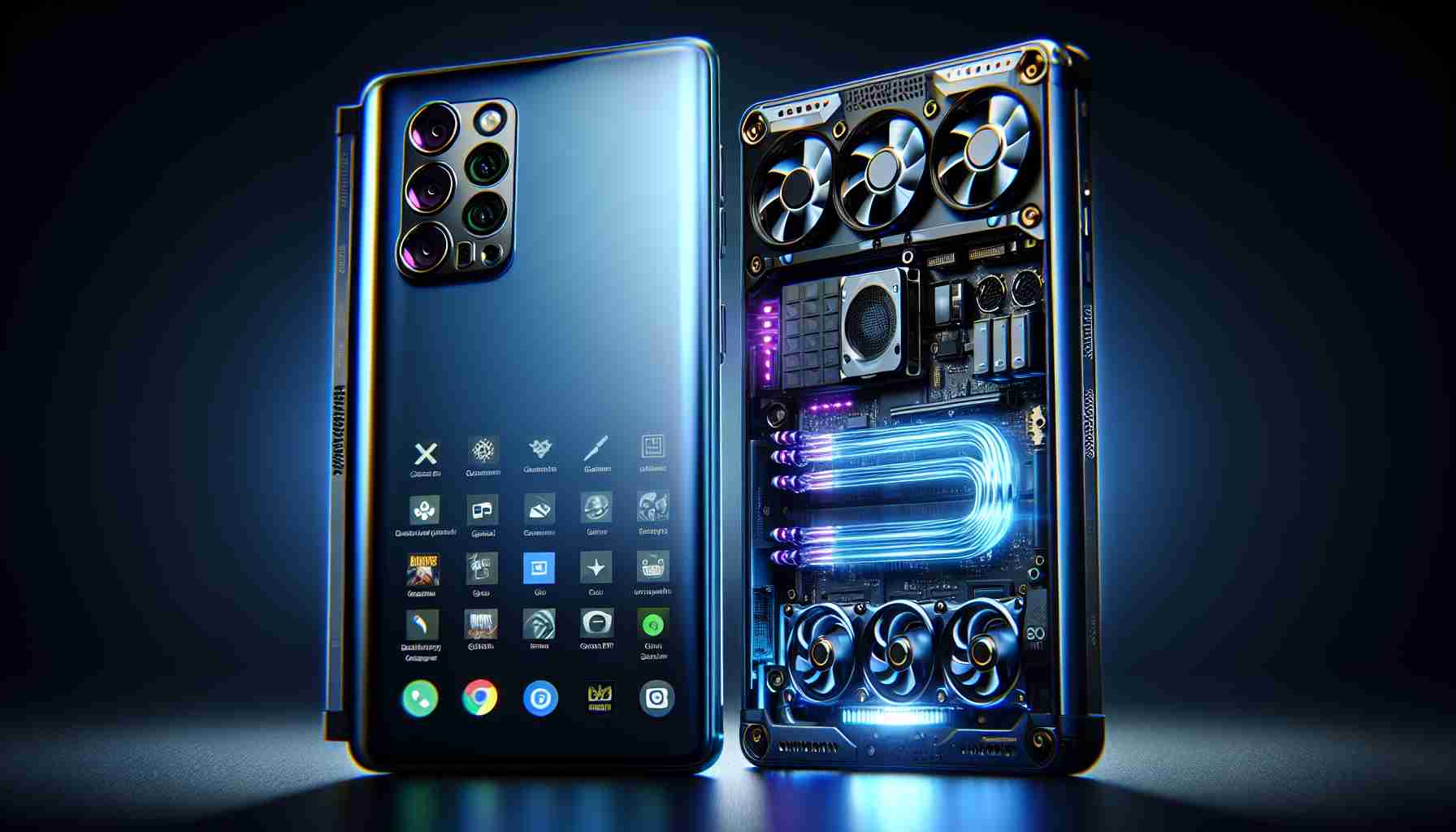Infinix has made waves in the gaming world with the release of the GT 20 Pro, joining its prestigious GT series of smartphones. This device is tailored for gamers who demand high performance, captivating display technology, and enduring battery life, all within a cost-effective bracket.
The GT 20 Pro delivers top-notch gaming capabilities thanks to the MediaTek Dimensity 8200 Ultimate chipset, engineered from the ground up with a 4nm process. This powerhouse is complemented by up to 12GB of the latest LPDDR5X RAM and 256GB UFS 3.1 storage, ensuring a seamless gaming experience. The phone launches with Android 14, featuring Infinix’s customized XOS 14 interface, and commitments to future Android updates and extended security support.
A step up from its predecessor, the GT 20 Pro hosts a suite of gaming-specific advancements, including the debut of an “Esports Mode” to ramp up performance. It also boasts an enhanced cooling system, significantly larger than before, to sustain peak performance during intense gaming sessions.
The GT 20 Pro dazzles with its edge-to-edge 6.78-inch FHD+ AMOLED display, supporting an impressive 144Hz refresh rate. In a first for Infinix, the phone integrates a dedicated gaming chip, catapulting frame rates up to 120fps for an unparalleled visual feast.
Maintaining its gamer-centric aesthetic, the GT 20 Pro sports an RGB mini LED lighting feature that pulses to the beat of your music, with customizable colors and effects. Though cameras remain a secondary consideration, the GT 20 Pro still houses a capable 108MP main camera along with a front-facing 32MP shooter, powered by a robust 5000mAh battery with rapid 45W charging.
Endorsed as the official smartphone for the PUBG Mobile Super League, the GT 20 Pro is making a strong statement with its affordable price point of around $346, and is set to expand its reach beyond the Saudi Arabian market.
Key Questions and Answers:
Q1: What are the main attractions of the Infinix GT 20 Pro for gamers?
A1: The Infinix GT 20 Pro caters to gamers with its MediaTek Dimensity 8200 Ultimate chipset, up to 12GB LPDDR5X RAM, and 256GB UFS 3.1 storage, enabling high performance and seamless gaming. The smartphone also features a 144Hz AMOLED display, dedicated gaming chip, and an “Esports Mode” to enhance gaming sessions. Additionally, it has an RGB mini LED lighting feature for visual effects synchronization with music.
Q2: Why is the Infinix GT 20 Pro considered cost-effective?
A2: Despite offering high-end gaming features and specifications, the GT 20 Pro comes with an affordable price tag of approximately $346, making it accessible to a broader audience looking for a gaming-oriented smartphone without breaking the bank.
Key Challenges or Controversies:
One key challenge for Infinix may be to establish itself as a gaming phone brand in a market that has more established names like ASUS ROG and Xiaomi’s Black Shark. Scepticism from dedicated gamers who prefer gaming brands with a proven track record might also pose a hurdle.
Advantages:
– The combination of advanced hardware specs and affordability makes this phone highly attractive to budget-conscious gamers.
– The dedicated gaming chip and features like the “Esports Mode” and enhanced cooling system ensure sustained peak performance.
– A high-refresh-rate AMOLED display delivers a visually stunning gaming experience.
Disadvantages:
– In a highly competitive market, Infinix may struggle to convince gamers to choose their brand over more established gaming smartphone brands.
– While the camera system is robust, it may not be in the same league as flagship devices focused on photography; this might affect its attractiveness to non-gaming users.
For more information on Infinix and their products, you can visit their official website with the following link: Infinix Mobility. Please note that while I am providing you with this URL, I cannot navigate or verify URL changes after my knowledge cutoff date. Please ensure that the URL is valid and secure before accessing it.
The source of the article is from the blog windowsvistamagazine.es
